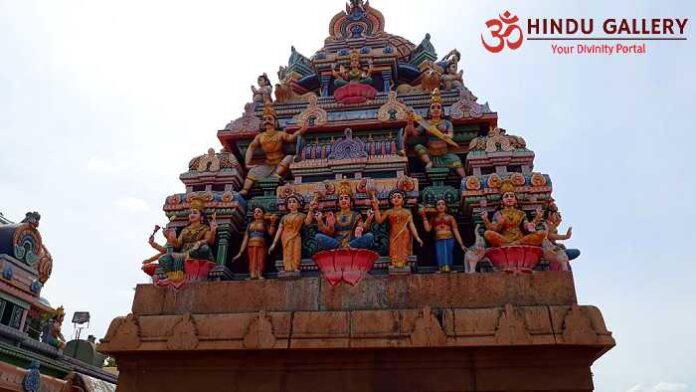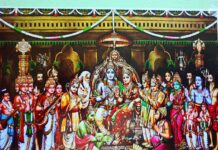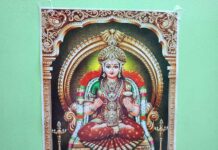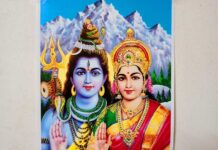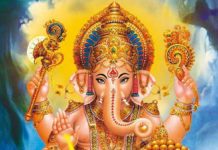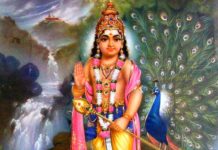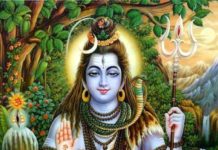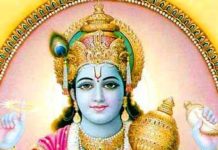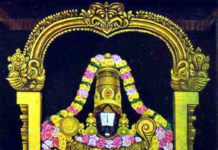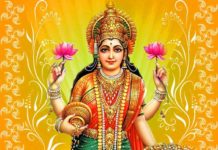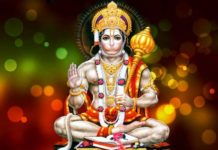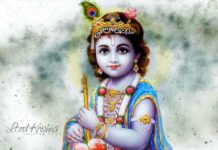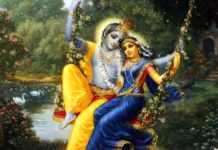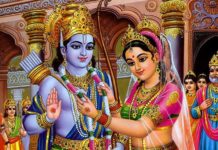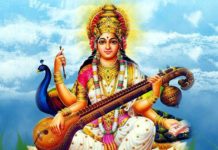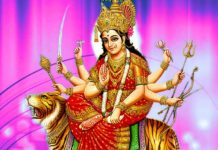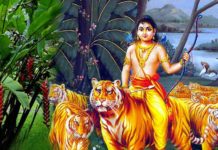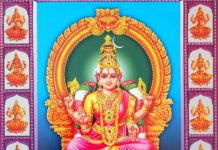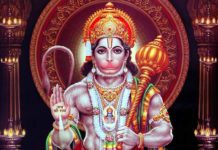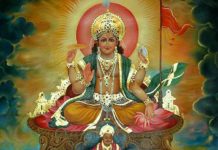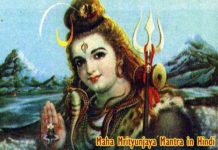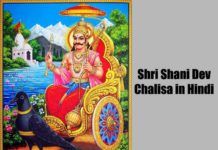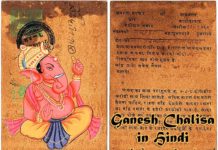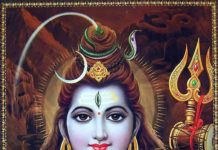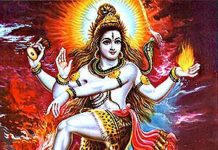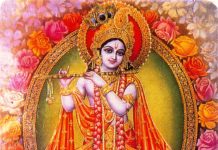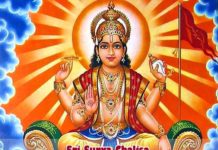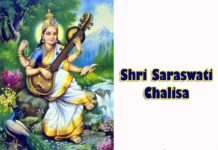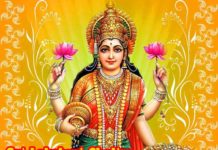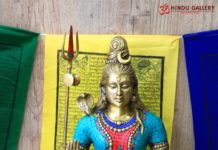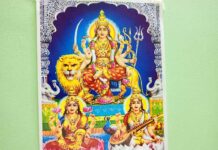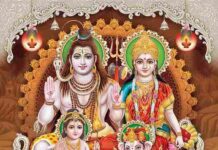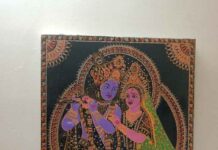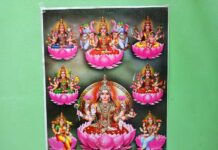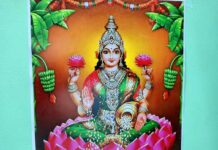Sudasa Brata is the Vrat ascribed to Sri Mahalakshmi, the Goddess of wealth. This festival is said to be unique to Orissa. It is said to be observed by the married women for the well being of their family members.
Sudasa Brata day is the day of the Year when the Shukla Paksha Dashami and Thursday fall on the same day. The ensuing Sudasa Brata day is on Thursday, 22nd April 2021. The exact duration of the Dashami Tithi has to be ascertained from the respective regional calendar.
Sudasa Brata – Legend
It is believed that Sudasa Brata is being observed right from Satya Yuga. As per the legend, the wife of the King Vikramasena was Queen Rathnavathi; His minister was Thrikuteshwar; The minister’s wife was Padmavathi.
Ladies stroll
One day, Rathnavathi and Padmavathi were going for a stroll near a forest. There, they saw a few celestial maidens named Apsaras doing a Puja.
Enquiry
They enquired the Apsaras as to what they were doing.
Apsaras’ response
The Apsaras told the ladies “We are doing Sudasa Brata Puja. This is done to get the blessings of Sri Maha Lakshmi. We believe that observation of this Vrat shall bring in prosperity and well being.”
They also taught the rituals for doing the Puja. After hearing the Apsaras, Rathnavathi and Padmavathi also started observing the Vrat.
Sudasa Brata – Rituals and Beliefs
We all are of the belief that Sri Mahalakshmi resides only in the clean surroundings. This Vrat commences with the purification and sanctification of the home.
Purification
On the previous day, the entire house is cleaned. In some places, the house is purified and sanitized with the water mixed with the cow dung. They wait for the house to get dry.
Drawing
With the use of the rice flour mixed in water, various Chittas and Jhotis (designs) are drawn at the front entrance of the house. These are drawn at the front of every room (including kitchen) entrance as well. The design of Maa Lakshmi’s feet and ten petalled lotus are drawn especially near the almirah where cash is kept.
Puja day – Puja place
On the Puja day, the women rise much before sunrise at Brahma Muhurtha. The Puja itself is mostly done at Brahma Muhurtha. After bath, they place the idol of Sri Mahalakshmi on a small wooden plank at the Puja place.
The feet of Sri Mahalakshmi and the ten petalled lotus are drawn in front of Sri Mahalakshmi. The dasha mukhi deepa (the lamp with ten wicks) is lit. Incense sticks and Jhunaa (sambrani) are burnt.
A pot or kalash filled up with water is put before Sri Mahalakshmi. This Kalash is kept on the plate filled up with rice paddy. The small bunch containing ten mango leaves alongwith a green coconut is kept on the top of the Kalash.
Puja ritual
Maa Lakshmi is invoked with aavahan puja. She is done simple abhishek with water and panchamrit (the fruit mixture). Chandan, haldi and Kumkum are applied on Sri Lakshmi. She is also decorated with flowers.
The story of Sudasa Brata is read and heard.
The number ten is significant in this Vrat. Ten flowers, ten manda pithas (cakes), ten chenna bhog and ten dhurva grass are offered to Maa Lakshmi. Besides these, the required number of gooseberry leaves and rice grains are also offered.
Sacred thread
The important ritual of this festival is the tying of the sacred thread in the right hand. This thread is dipped in turmeric water. Ten knots are made on the thread chanting ten names of Sri Mahalakshmi.
Though Sri Mahalakshmi blesses us in innumerable names and forms, for making the ten knots, the following names are chanted.
Chants and knots
The knots are referred to as ganthis. For each knot the respective name is chanted.
First knot – Prathama ganthi – Sri Lakshmi Narayani
Second knot – Dwithiya ganthi – Sri Kamaalini
Third knot – Trithiya ganthi – Sri Hari Raa Priya
Fourth knot – Chathurtha ganthi – Sri Padmaalaya
Fifth knot – Panchama ganthi – Sri Kamala
Sixth knot – Sashta ganthi – Sri Chanchala
Seventh knot – Sapthama ganthi – Sri Bhigneseni
Eighth knot – Ashtama ganthi – Sri Sindhura Dhulani
Ninth knot – Navama ganthi – Sri Dhurgathi Naashini
Tenth knot – Dashama ganthi – Sri Vishnu Paatharaani
Women tie the knotted thread around each other’s right wrist. Ten dhurva gras, ten amla leaves and ten rice grains are to be held in the woman’s right hand on whose hand the thread is tied.
The thread has to be kept in the wrist till it is replaced with the new knotted thread at the next Sudasa Brata.
Puja phases
The first phase is done very early in the morning. It is called as Prabhat Kaal Puja where ten varieties of fruits and Chenna bhog are offered as Neivedyam.
The second phase is done in the afternoon. It is called as Madhyana Purbe Puja. Ten manda pithas are offered as Neivedyam.
In the evening, the phase is referred as Sandhya Purbe Puja and Chenna Paana is offered as Neivedyam.
Sri Lakshmi Slokams
The following are a few of the Slokams / Stotrams composed on Sri Mahalakshmi.
Sri Suktham
Sri Kanaka Dhara Stotram
Sri Mahalakshmi Ashtakam
Sri Ashta Lakshmi Stotram
Sri Lakshmi Panchakam
Sri Mahalakshmi Kavacham
Sri Lakshmi Sthuthi
Sri Dhanalakshmi Stotram
Sri Narayani Stotram
Sri Lakshmi Chalisa
Apart from the above, there are innumerable literature available on Sri Mahalakshmi in almost all the Indian languages.
As Sri Mahalakshmi has emerged from the ocean, the literature available on Her attributes and greatness are as vast and deep as the ocean.


